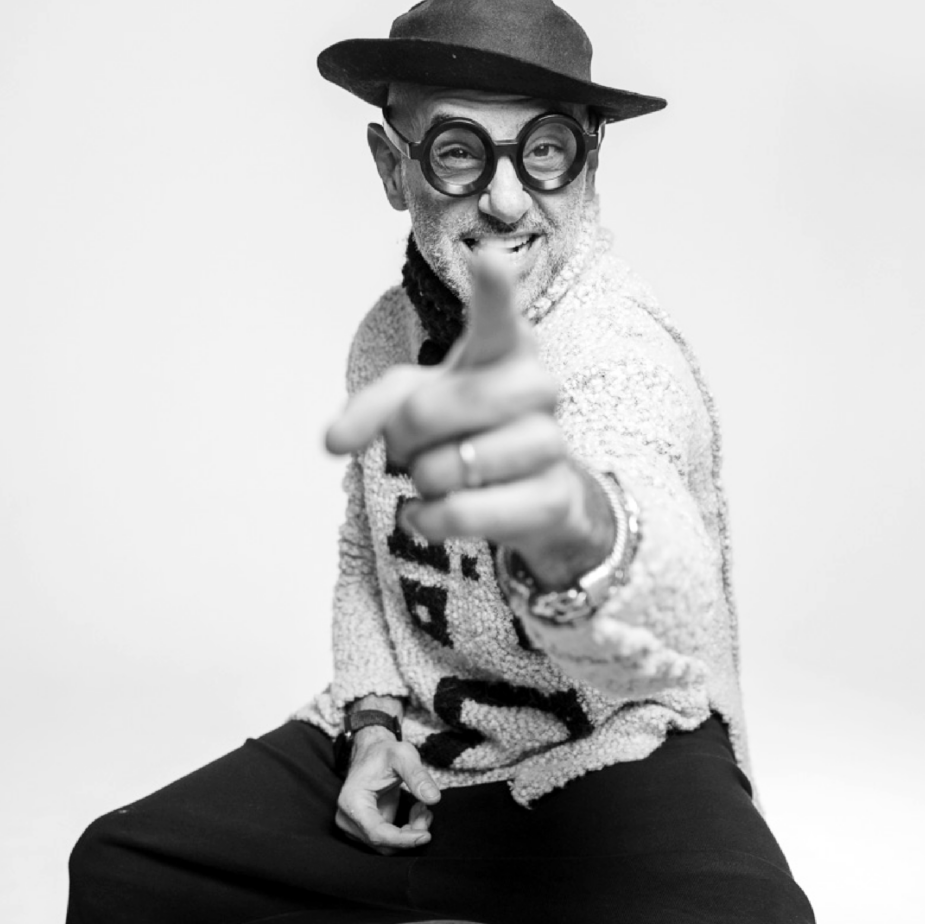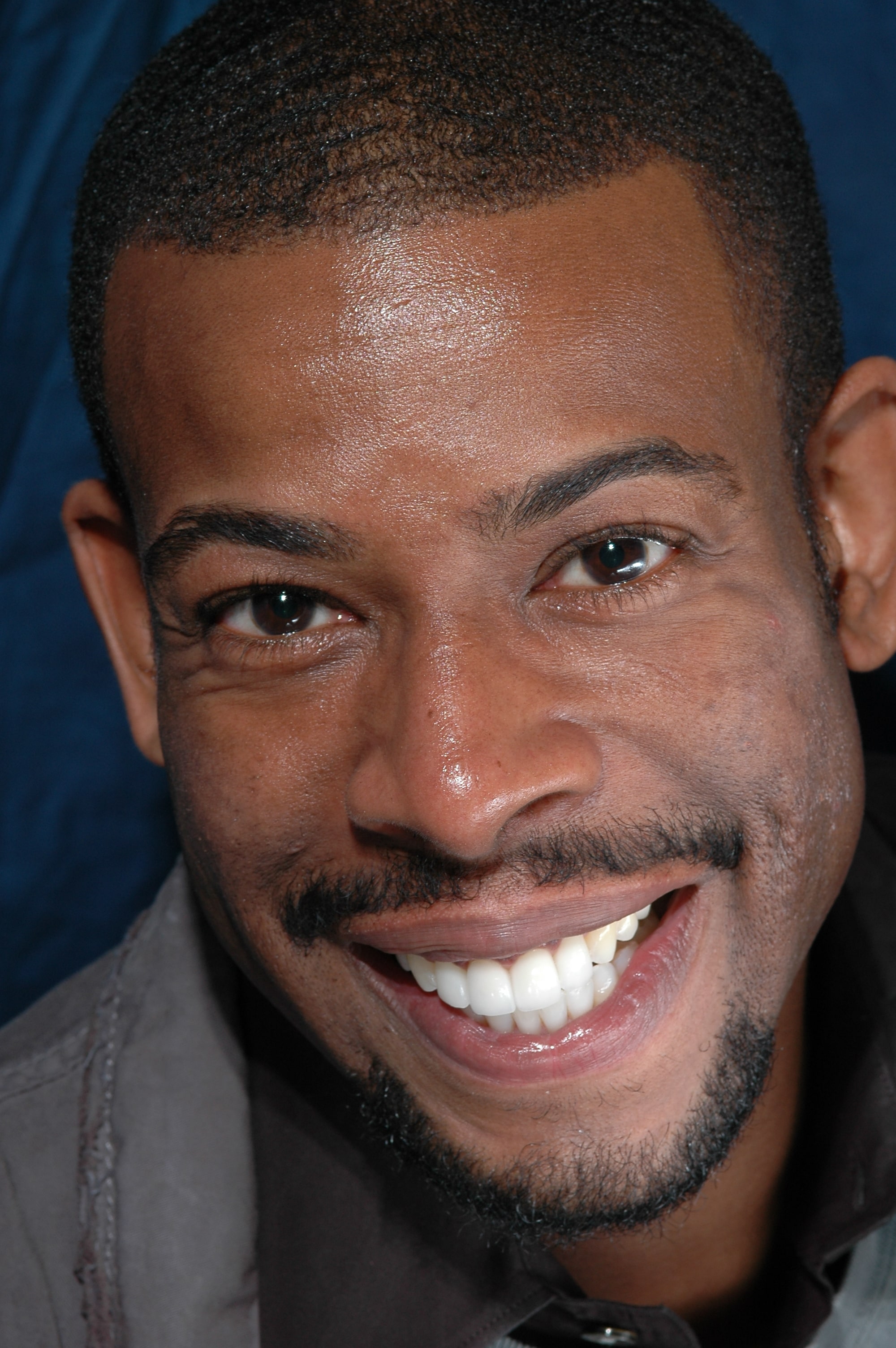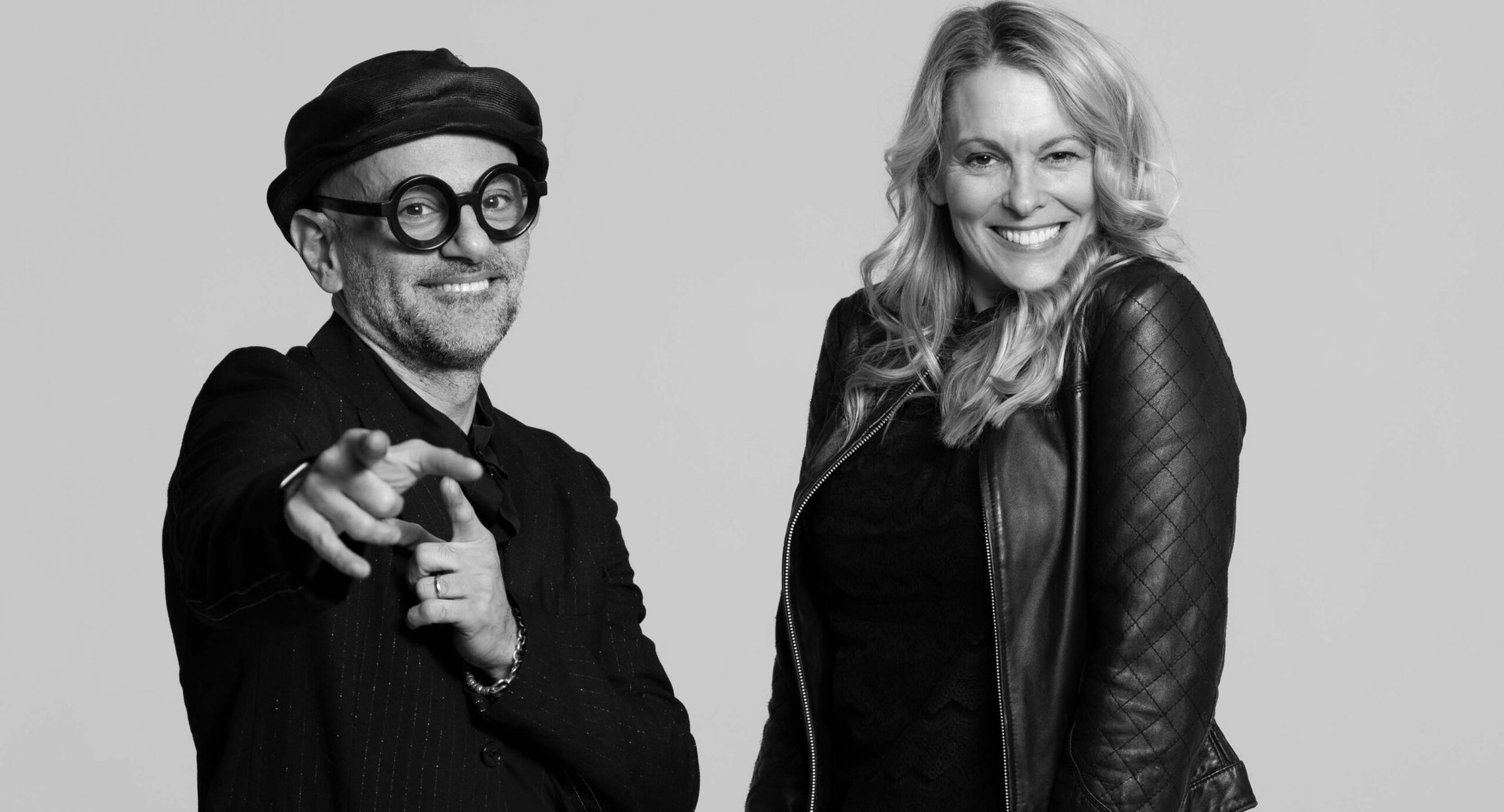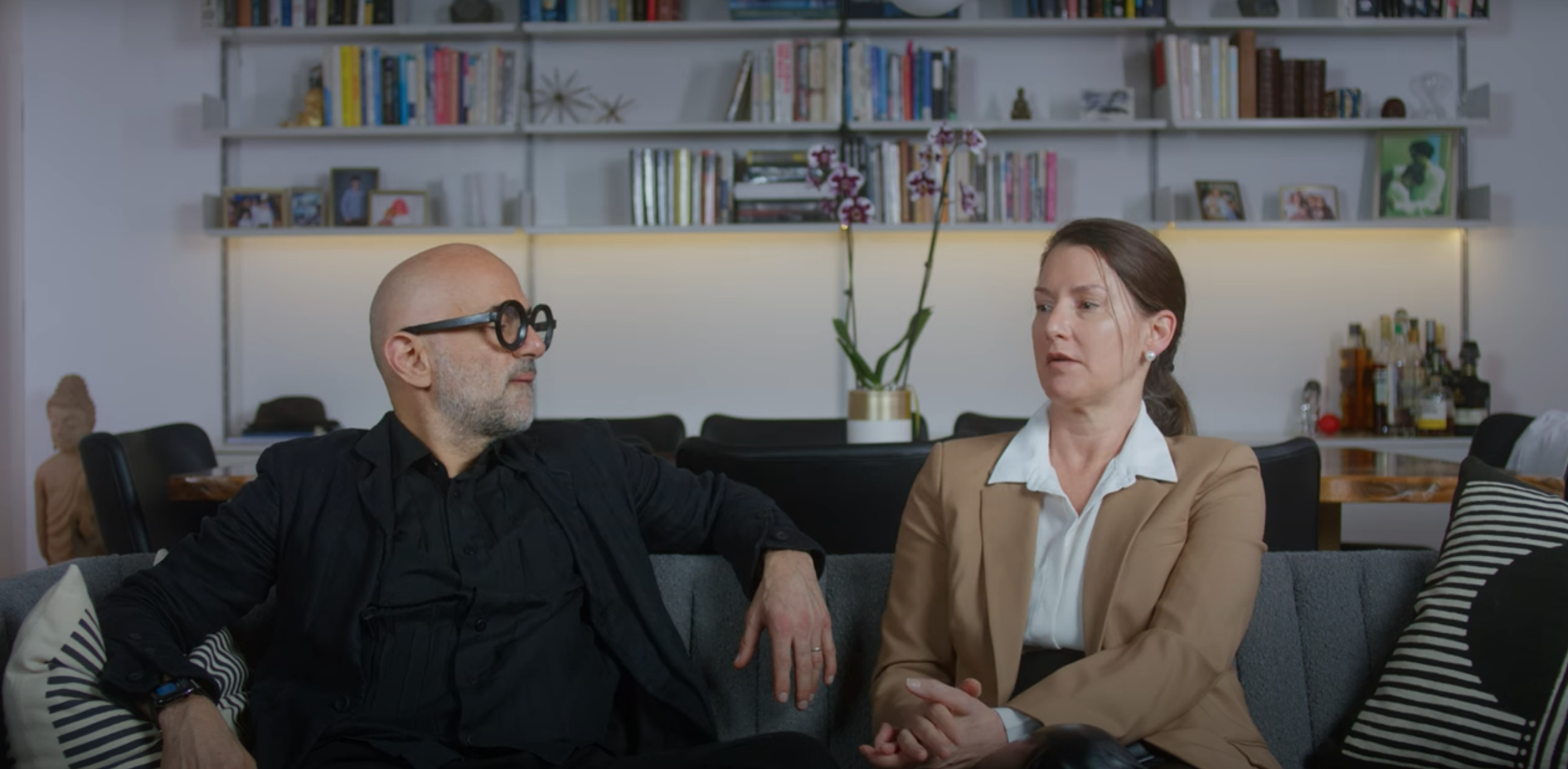Dr. Tabib
One of the Most Innovative Dentists in New York City. Or Anywhere.
Dr. Ramin Tabib is one of the most innovative dentists in New York City dedicated to achieving the best, healthiest, and most beautiful smiles for his patients. Not only is he committed to the highest level of dentistry, but he has dedicated his life to mastering the latest in dental technology.

Dr. Mello
A "Dentist With a Heart of Gold"
Dr. Elisa Mello, known for her extraordinary dentistry, comes highly recommended for her keen eye to detail and precision. She is described by her patients as the “dentist with a heart of gold” as she assures that those who step in her office are well- listened to, and get the best possible smile makeover they can be proud of.

Our Practice Philosophy
Dentistry sees many comings and goings of trends, but we believe one thing should be unchanging: The exacting standards of excellent care and the highest level of craftsmanship. When we first opened our practice in 1994, our goal was to create a patient experience that was both inspiring and personalized. To that end, we continuously draw on the latest in technology, and we collaborate exclusively with those ceramists who demonstrate talent and commitment to serving our clients with the highest level of care. For us nothing is as rewarding as the connections we build with the individuals who pass through our door. Our commitment has always been to make their experience a memorable and life-changing one.
our amazing clients
"I am so fortunate to have found Drs. Tabib and Mello. They are truly the best artists and technical experts in their field."
Diane Neal (Casey Novak - Law and Order SVU)

"His expertise and attention to aesthetic precision made me feel more than confident putting my smile in his hands."
Laverne Cox (Sofia Burset - Orange Is the New Black)

"Thanks Dr. Tabib for my beautiful smile!"
Chuck Nice (Writer, Actor, and Comedian)

"I'm so thankful for Dr. Tabib & Dr. Mello for treating my clenched jaw pain and saving my smile!"
Jenni Farley (Television Personality and Actress)

"I entrusted Dr. Tabib to take care of my teeth after I had some frustrating work done and I never looked back. Thank you for your professionalism and compassion."
Rosie O'Donnell (Comedian, Actress, Author, and Television Personality)
Begin Your Transformation
At NYC Smile Design, experienced New York City cosmetic dentists Dr. Elisa Mello and Dr. Ramin Tabib collaborate to provide you with comprehensive dental care and outstanding cosmetic dentistry results. Together they founded NYC Smile Design in 1994 and have been dedicated to providing life-changing dentistry ever since.
To schedule a consultation, please call us at (212) 452-3344



